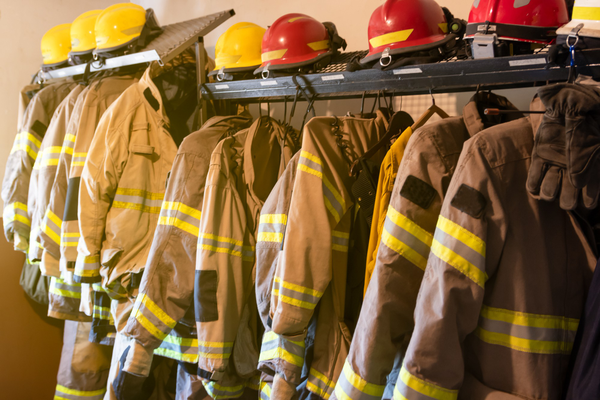
In many industries, workers are exposed to hazards that can cause serious harm, including burns, electric shocks, and arc flashes. In order to protect these workers, many companies require their employees to wear flame-resistant (FR) protective clothing. While wearing such clothing is important, it can be even more effective in preventing injury. You might think that it will be uncomfortable or too high-maintenance and impact productivity. However, with the right manufacturer, you get protection, comfort, and quality which makes the investment more than worth it!
It refers to wearing multiple layers of FR clothing to provide greater protection against accidents. The layers can be made up of different types of FR clothing, including shirts, pants, jackets, and coveralls. The idea is that each layer adds an extra level of protection, making it more difficult for heat or flames to reach the skin.
The primary reason for wearing layered FR protective clothing is to reduce the risk of injury in the event of an accident. According to the National Safety Council, burns are the second leading cause of accidental death in the United States. In many cases, these injuries can be prevented by wearing appropriate protective clothing.
Layered FR protective clothing can also help to reduce the severity of injuries. For example, a worker who is wearing a single layer of FR clothing may suffer serious burns if they are exposed to an arc flash. However, if that worker is wearing multiple layers of FR clothing, the outer layers may be damaged by the flash, but the inner layers may remain intact, providing a barrier against the heat.
Another benefit of layered FR protective clothing is that it can provide added comfort and durability. Many FR clothing manufacturers design their garments with multiple layers of fabric to improve durability and resistance to wear and tear. Additionally, wearing multiple layers can help to regulate body temperature, which can be important in certain work environments.

To better understand the benefits of layered FR protective clothing, let's look at a few examples:
The oil and gas industry is one of the most hazardous industries in the world, with workers exposed to a range of hazards including fire, explosion, and toxic gas exposure. In this industry, workers are often required to wear multiple layers of FR clothing to protect against these hazards. For example, a worker may wear an FR shirt, an FR jacket, and an FR coverall to provide maximum protection.
Workers in the electric utility industry are exposed to hazards including electrical shock and arc flash. To protect against these hazards, workers are required to wear multiple layers of FR clothing. For example, a worker may wear an FR shirt, an FR sweatshirt, an FR jacket, and an FR coverall. In addition, workers may wear FR gloves, face shields, and other protective equipment to further reduce the risk of injury.
Workers in the manufacturing industry are exposed to a range of hazards including fire, chemical exposure, and electrical shock. To protect against these hazards, workers may wear multiple layers of FR clothing, including an FR shirt, an FR jacket, and an FR coverall. In some cases, workers may also wear additional protective equipment such as respirators, goggles, and gloves.
A study published in the Journal of Occupational and Environmental Hygiene found that wearing multiple layers of FR clothing significantly reduced the amount of heat transferred to the skin during an arc flash. The study found that wearing two layers of FR clothing reduced the amount of heat transferred by 65%. While wearing three layers reduced the amount of heat transferred by 74%.
According to a report by Zion Market Research, the global market for FR clothing is expected to reach $4.7 billion by 2025. This growth is driven by increasing awareness of workplace safety and the importance of protecting workers from hazards such as fire and electric shock. So prioritize workplace safety by implementing proper protective measures which can not only prevent workplace injuries and fatalities but retain workers.
Also Read: Fire Resistant Workwear And Their Value In Industries
Facebook | Instagram | LinkedIn | Twitter | Google My Business